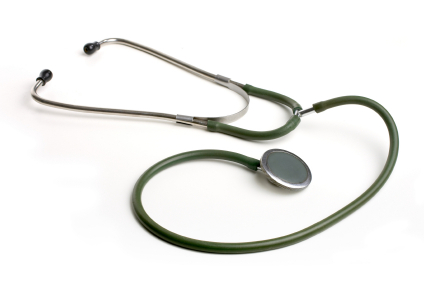Physiotherapy led rehabilitation is a clinically and cost effective intervention for those patients whose life has been adversely changed by injury, illness or disease.
What is rehabilitation?
Physiotherapy rehabilitation aims to optimise patient function and well-being, to help integrate that patient back into their chosen lifestyle activities whether at home, work or leisure. Rehabilitation should focus on changes to functional disability and lifestyle restrictions based on the patient’s own goals for functional improvement.
Are you a CSP member? Please tell us how we can improve these briefings. Just login and complete our pop-up survey
Rehabilitation can be used for recovery from injury or disease and also for the management of long-term conditions (e.g. Parkinsons and MS).
Rehabilitation should start as soon as possible to speed recovery. The programs that combine many different components are likely to be most effective.
19 minutes of additional exercise a day in an acute or rehabilitation setting is all that is required to achieve:
- improved mobility and activity levels
- shorter length of stay in hospital
- significantly improved quality of life
Case Study: Musculoskeletal disorders (MSDs)
Colchester Hospital University NHS Foundation Trust introduced a triage system for staff that were off sick or reporting MSDs. This allowed early access to musculoskeletal physiotherapy rehabilitation services for NHS staff.
For MSDs, this led to 53.3 per cent of staff remaining in work, 21.7 per cent returning to work within 8 days with the remainder returning within 30 days. The trust reported a saving of £586,000 over six months on agency staff as a result of the new rehabilitation service.
- 227,000 people per year have an MSD of the back, 215,000 of the upper limbs or neck and 96,000 of the lower limbs
- MSDs are the most common reason for repeat consultations with GPs, accounting for up to 30 per cent of primary care consultations
- Within the NHS half of sickness absence is caused by MSDs
Chronic obstructive pulmonary disease (COPD)
A study in 2010 evaluating the effect of pulmonary rehabilitation delivered post-COPD exacerbation showed a reduction in re-admissions of 26 per cent with cost effectiveness demonstrated.
Likewise, results of a randomised controlled trial found that for patients chronically disabled by COPD, an intensive outpatient rehabilitation programme, including physiotherapy, decreased hospital length of stay in the long term.
- One in eight (130,000) acute medical admissions in adults is due to COPD making it the second largest cause of emergency admission in the UK
- The National Institute for Health and Clinical Excellence (NICE) estimates that the direct cost of providing care in the NHS for people with COPD is almost £500 million a year. More than half this cost relates to the provision of care in hospital
Falls
NICE guidance requires all older people with recurrent falls, or at increased risk of falling, to be considered for individualised multifactorial rehabilitation including strength and balance training, home hazard assessment and intervention.
Physiotherapy exercise programmes to prevent falls in older people at risk are cost effective, with a cost per
Quality Adjusted Life Year (QALY) of under £10,000. This is well below the level usually considered to be affordable in the NHS (about £20,000 to £30,000 per QALY).
- Half of people who have a fall will fall again within the next 12 months
- A PCT population of 320,000 is likely to see 1,250 fragility fractures per year, with 360 of these likely to be hip fractures
- Based on 2009/10 costs each hip fracture avoided would save approximately £10,170
Stroke
Where stroke survivors receive rehabilitation at home or in the community rather than in hospital, this has been shown to be a cost effective when combined with stroke unit care. Early supported discharge (ESD) can reduce long-term dependency and admission to institutional care as well as releasing hospital beds by reducing length of stay. Physiotherapists are ideally placed to support individuals in working towards re-ablement and recovery.
- The total economic cost of stroke to the UK in 2006/07 was £4.5 billion
- 110,000 people have a first stroke and 20,000 have mini strokes (TIA) each year. 25 per cent of these are within the working age population

Download a PDF of this briefing, with full references, in English or Welsh below.



































